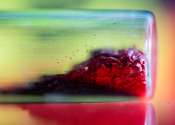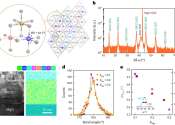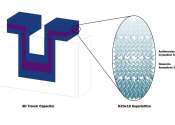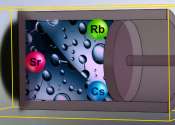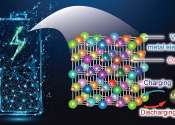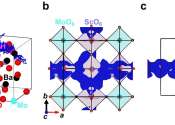Synthesis process boosts perovskite solar cell performance to near market-ready standards
Solar power is not only the fastest growing energy technology in recent history but also one of the cheapest energy sources and the most impactful in terms of reducing greenhouse gas emissions.
Jun 13, 2024
0
49
